
Beginner's Guide: Best Time to Start Planning Your Garden
Published: 28/10/2024 | Updated: 28/10/2024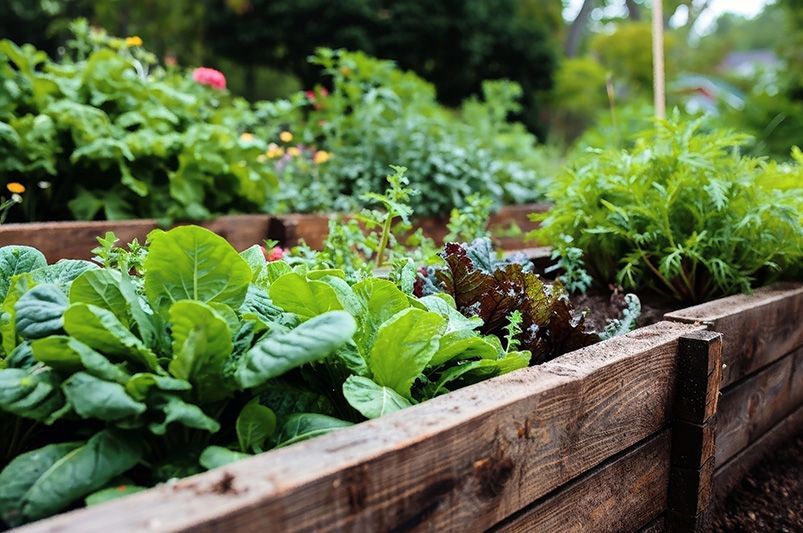
Key Highlights
- Knowing the best time to start your garden is crucial for success, especially for beginners.
- Understanding your local climate, including the last frost date, is the first thing you should do.
- Different plants have different temperature requirements, so choosing those suitable for your growing season is key.
- Starting your garden involves several steps, from soil preparation to choosing the right plants and timing your planting correctly.
- Proper planning and understanding of the basics will help you enjoy a thriving garden.
Introduction
Starting your gardening journey is fun, but it's important to know the right time to begin. You may want to start as soon as it gets warm outside. However, it helps to understand your local climate better. The last frost date is very important. This date helps you figure out the best time to start your garden. Knowing it will give your plants the best chance to grow well.


Understanding the Basics of Gardening Seasons
Gardening follows a schedule set by nature. The year splits into different growing seasons. Each season has its own range of temperatures and weather patterns. Understanding these seasons is important. It tells you what you can plant and when.
If you don’t match your gardening plan with these natural cycles, you may be disappointed. Planting too early can harm your young seedlings with frost. On the other hand, starting too late could mean your plants won’t grow enough before winter returns.
The Importance of Knowing Your Growing Zone
A key part of knowing how to grow plants in your area is finding out your growing zone, also called a hardiness zone. The USDA created this system, which splits North America into 13 zones. These zones are based on average frost dates and winter temperatures.
Each zone has a number. Lower numbers mean colder areas, while higher numbers mean warmer places. It is important to know your zone because it shows you which plants will grow best in your area.
You can easily check your growing zone by looking at the USDA Plant Hardiness Zone Map or by asking your local nursery. This helpful information will help you choose the right plants and plan your gardening work.
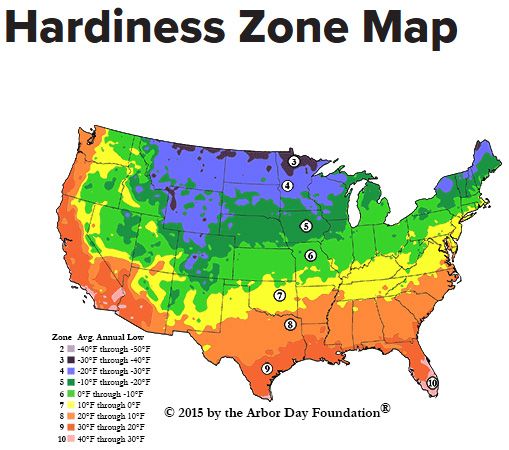
Deciphering the Plant Hardiness Zone Map
The Plant Hardiness Zone Map might look hard to understand at first, but it is really easy to use. You can think of it as a colorful graph paper placed on a map! Each zone has its own color and number, making it simple to find your area.
To find your zone, go to the USDA Plant Hardiness Zone Map website and type in your zip code. You can also get printed copies at your local nursery. Once you know your zone, you will have a helpful tool for picking the right plants and planning your garden.
Keep in mind, the map is just a guide. Areas in your yard, like sunny or shady spots, can change things a bit. You can always ask experienced gardeners or your local nursery for tips that fit your specific place.
Preparing to Start Your Garden
Once you know your gardening seasons and hardiness zone, it's time to get ready for your garden setup. This fun stage includes finding the right spot, collecting necessary tools, and picking the plants that will make your garden beautiful.
You might feel eager to start planting right away, but good preparation is important for your garden to grow well. Think about how much sunlight each area of your yard gets, the soil quality, and how easy it is to get water. Some planning can really help you create a successful and productive garden.
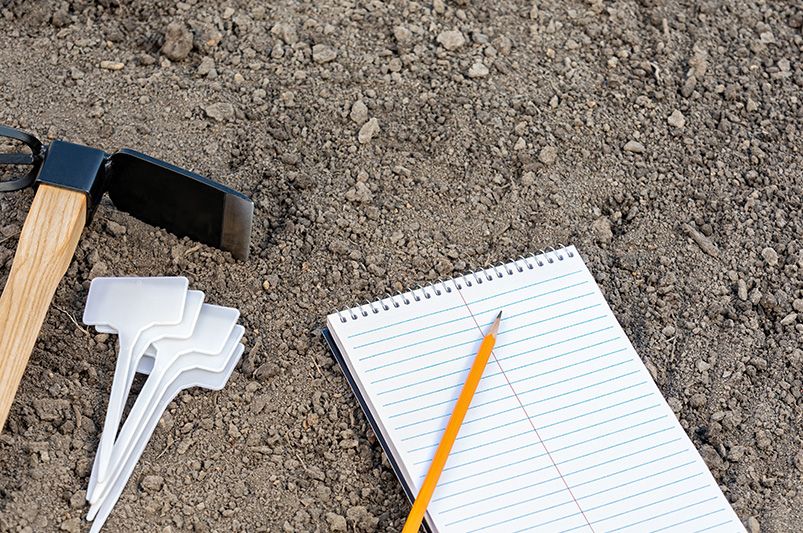
Identifying the Best Location for Your Garden
Choosing the right spot is very important. Think about how much sunlight the area gets during the day. Most vegetables need full sun, which means they need at least six hours of direct sunlight. But some leafy greens can grow well in partial shade.
The size of your garden is important too. If you have a small garden, don't worry. You can still have a productive space by using vertical gardening or raised beds. If your garden is large, you might want to divide it into smaller sections to manage it better.
For people living in cities or with little space, container gardening is a great option. You can put your containers on balconies, patios, or rooftops. This way, they can receive the best time of day for sunlight.
Step-by-Step Guide to Starting Your Garden
With everything ready, it’s time to get busy and start working! Starting a garden, whether you want bright flowers or tasty veggies, may seem like a big job.
Don’t worry, because we have made it easier. We split it into simple steps to help you get through the process with ease!
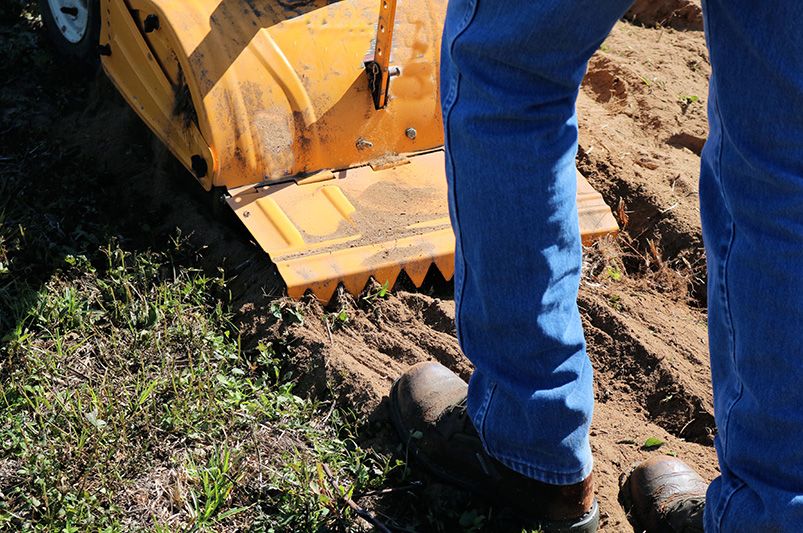
Step 1: Testing and Preparing Your Soil
Healthy garden soil is key to a successful garden. Before planting, you should check the quality of your soil. Do a simple soil test to find out the pH level and nutrient content. You can buy home testing kits at garden centers or online.
Once you learn about your soil, you can add what it needs. Adding compost can help with its structure, drainage, and ability to hold nutrients. This organic matter helps create a perfect space for roots to grow.
Based on your soil test results, you may need to change the pH level using specific amendments. Most vegetables grow well in slightly acidic to neutral soil, with a pH of 6.0-7.0. Your local nursery can help you choose the right amendments for your soil.
Step 2: Choosing the Right Plants for Your Zone
With your soil ready, it's time to choose your plants! First, think about what you and your family like to eat. Growing your own food is a great way to enjoy fresh produce.
Check your hardiness zone and look at seed catalogs or online resources. Find plant types that are good for your zone and the harvest time you want.
Also, think about how long your growing season lasts. Some plants, like tomatoes and peppers, do best in long, warm seasons. On the other hand, lettuce and spinach are better choices for shorter seasons and cooler weather.
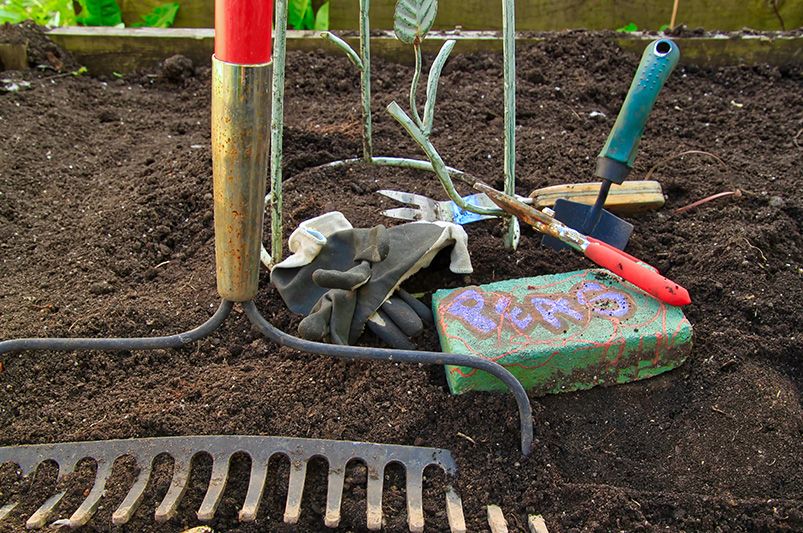
Step 3: Timing Your Planting Correctly
Planting at the right time is key for a successful garden. The last frost date is very important. This date shows when the risk of frost is mostly gone. It helps protect your young seedlings.
- Before the last frost: Start your seeds indoors for plants that need a longer growing season, like tomatoes, peppers, and eggplants.
- After the last frost: Sow seeds directly into the soil for tough vegetables like lettuce, carrots, and radishes when the soil is ready to work.
- Throughout the Season: Use succession planting. This means you should plant fast-growing vegetables every few weeks. This way, you can harvest them continuously.
Don't forget, the first frost date shows the end of the growing season. Make sure to pick all your ripe vegetables before this date to avoid any frost damage.
Conclusion
In conclusion, planting your garden at the right time is very important for a good harvest. Knowing your growing zone and using the plant hardiness map are key steps to start. By preparing your soil, picking the right plants, and planting at the best time, you can have a successful garden. Remember, gardening is a fun journey that needs patience and hard work. You can share your gardening stories on social media to inspire others in their gardening efforts. Happy gardening!
Frequently Asked Questions
What is the best month to start a garden in the US?
The best time to plant depends on where you are. Usually, early spring, which is after the last frost, is the best time for most vegetables and flowers. You can also start some plants indoors earlier in the year. This helps them have a longer growing season.
How do I find my plant hardiness zone?
You can easily find your plant hardiness zone. Check the USDA Plant Hardiness Zone Map online. You can also talk to your local nursery. They can give you information about your specific region.
Can I start a garden in the middle of summer?
Yes, you can! Late summer is a great time for planting cool-season crops. You should think about growing vegetables like lettuce, spinach, kale, and root vegetables. Just make sure they have enough time to grow before the danger of frost sets in again.
What are the essential tools for a beginner gardener?
As a beginner, you will need some important tools. These tools are gardening gloves, a hand trowel, and a watering can or hose. You should also have a garden map to help you remember where you planted things. Row covers are a good idea too. They can protect your plants from pests and harsh weather.
How often should I water my garden?
Watering how often you do it depends on things like the weather and the type of soil. You should try to keep the garden soil moist all the time, but avoid making it too wet. Seedlings need more water than plants that have already grown.
Need Assistance for a Complete Landscape Makeover?
Shrubhub’s landscape design packages can significantly transform the lives of homeowners by delivering customized, professional landscaping plans tailored to their unique space and personal style. With the ease of online collaboration, you are guided step-by-step through a design process that fundamentally reshapes your outdoor environment. The result is an aesthetically pleasing and functional outdoor living area that maximizes the potential of your property.


